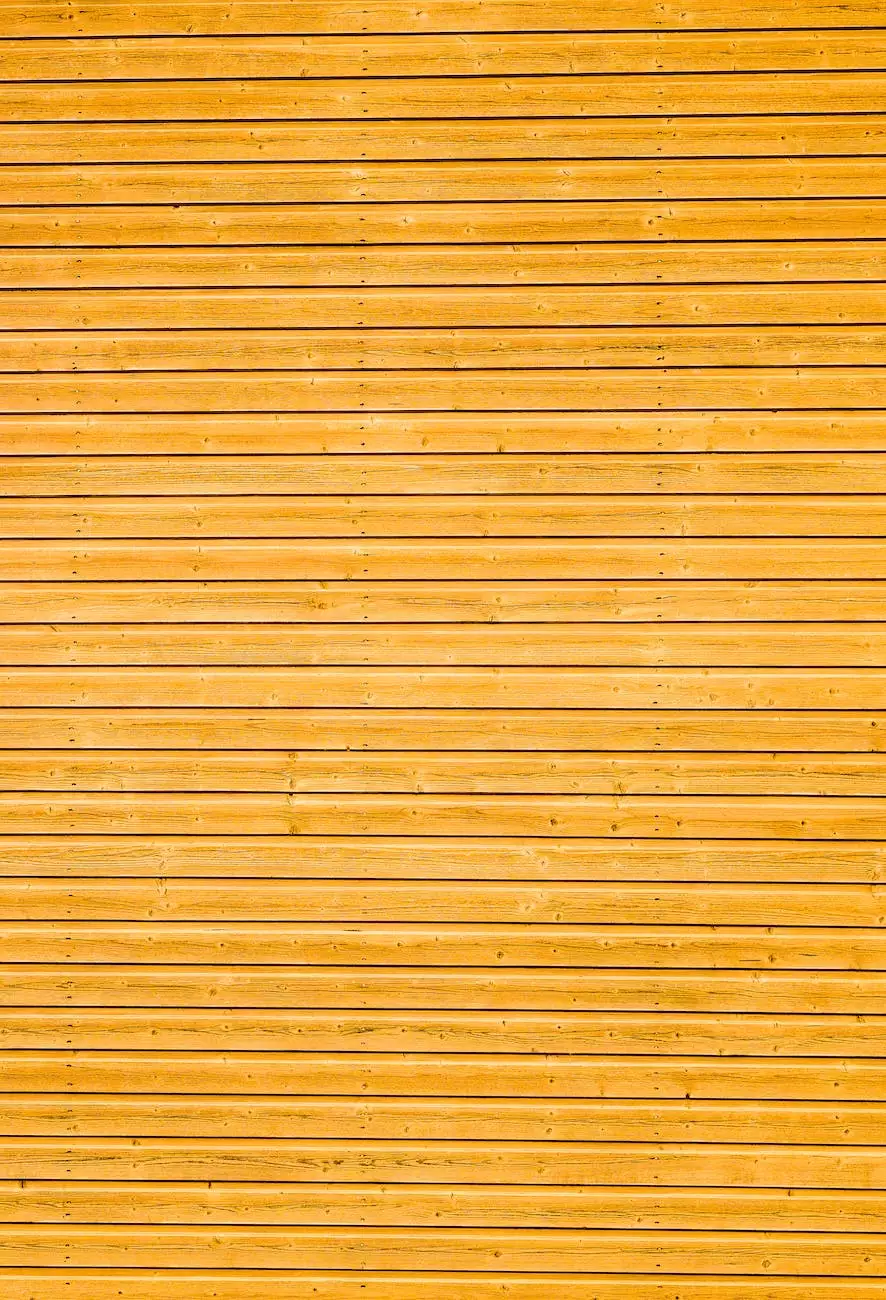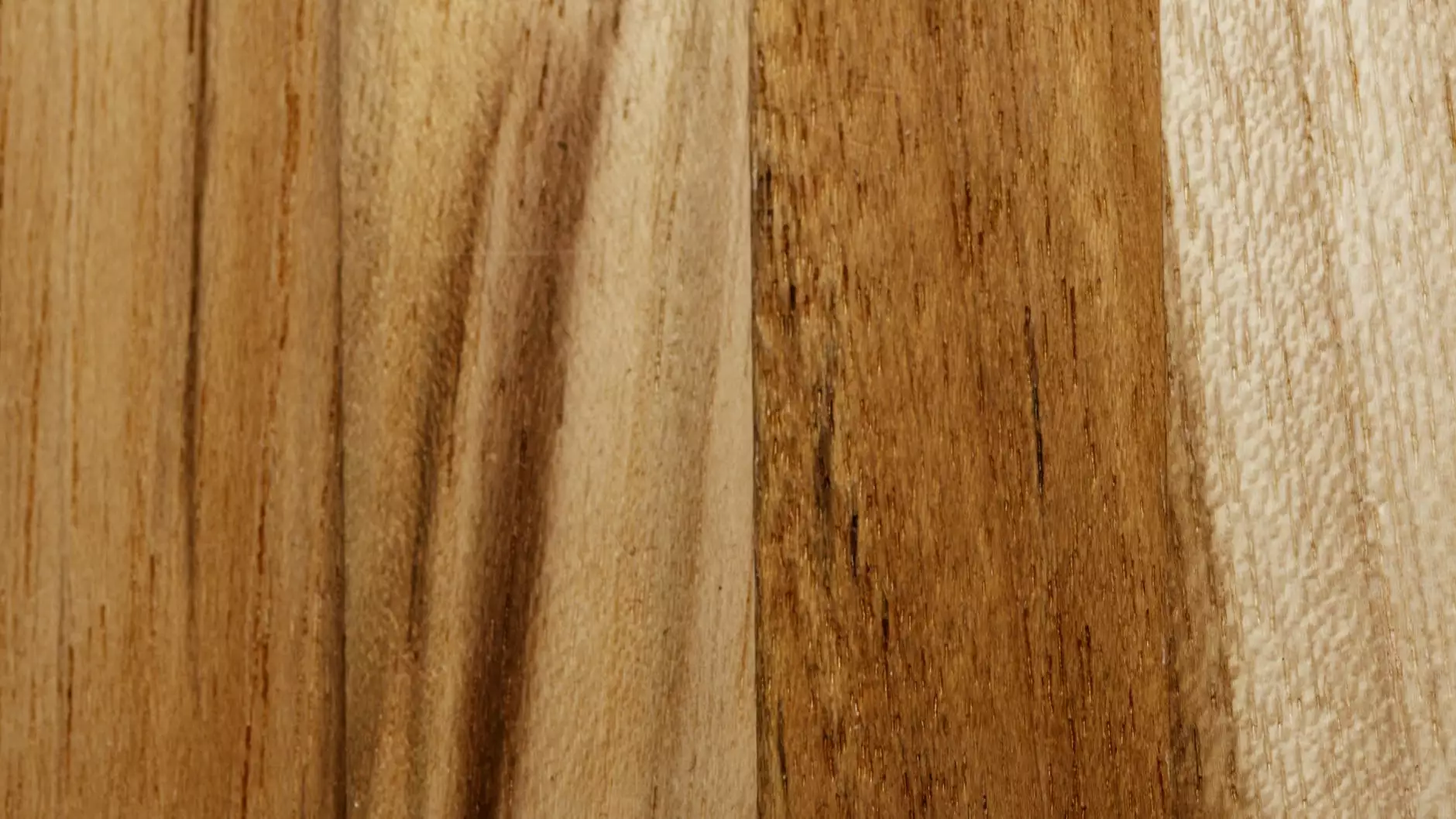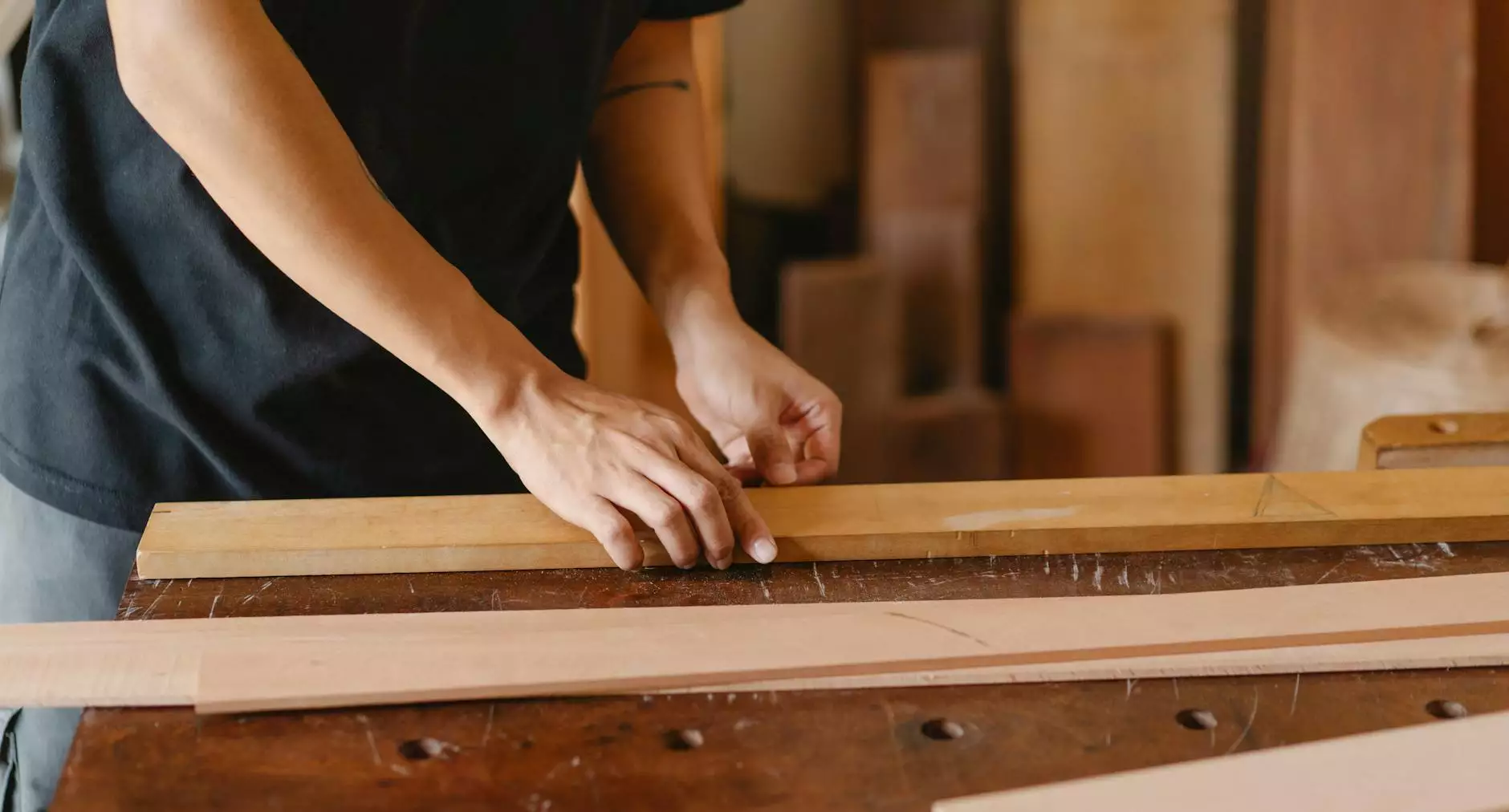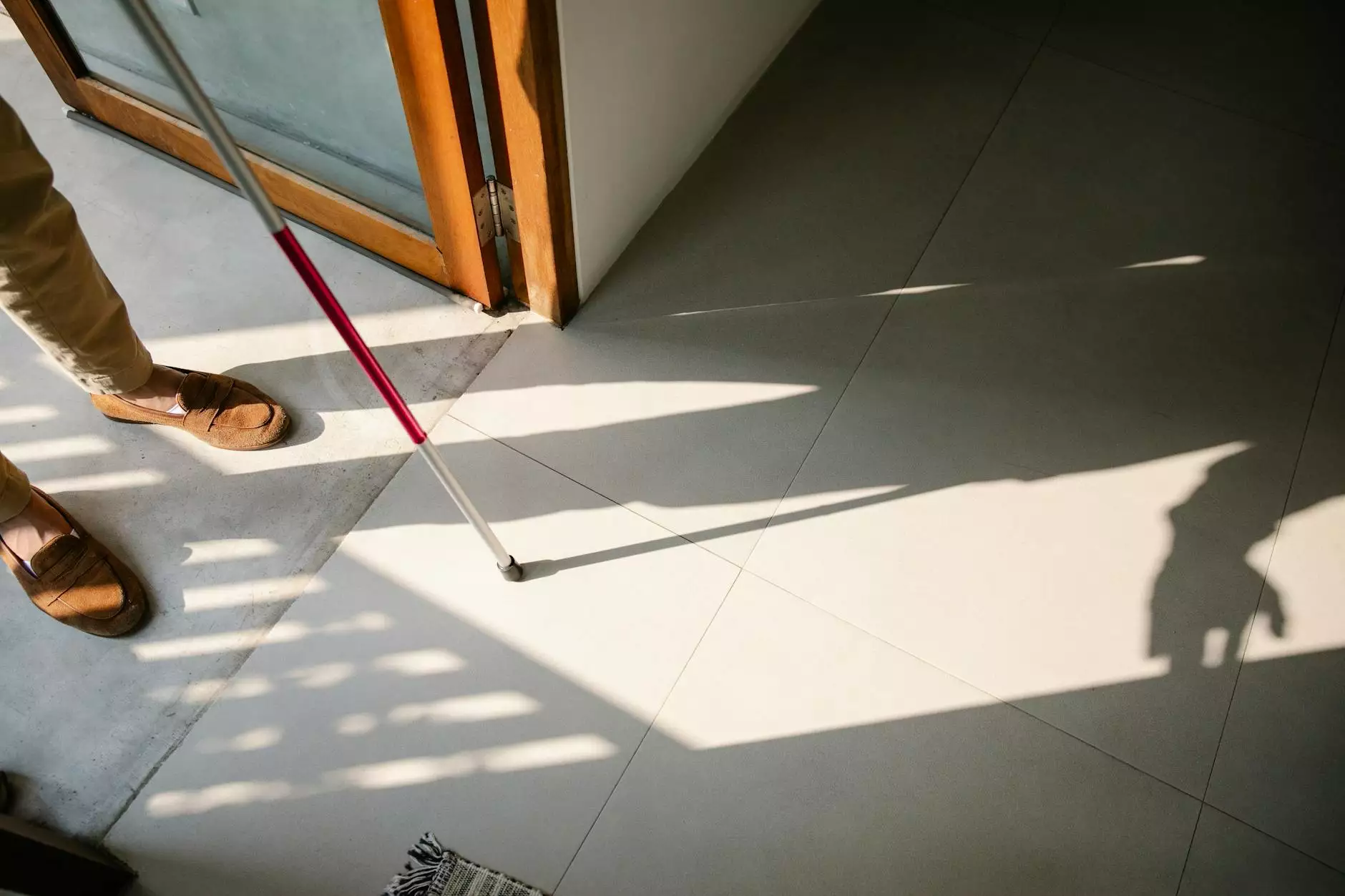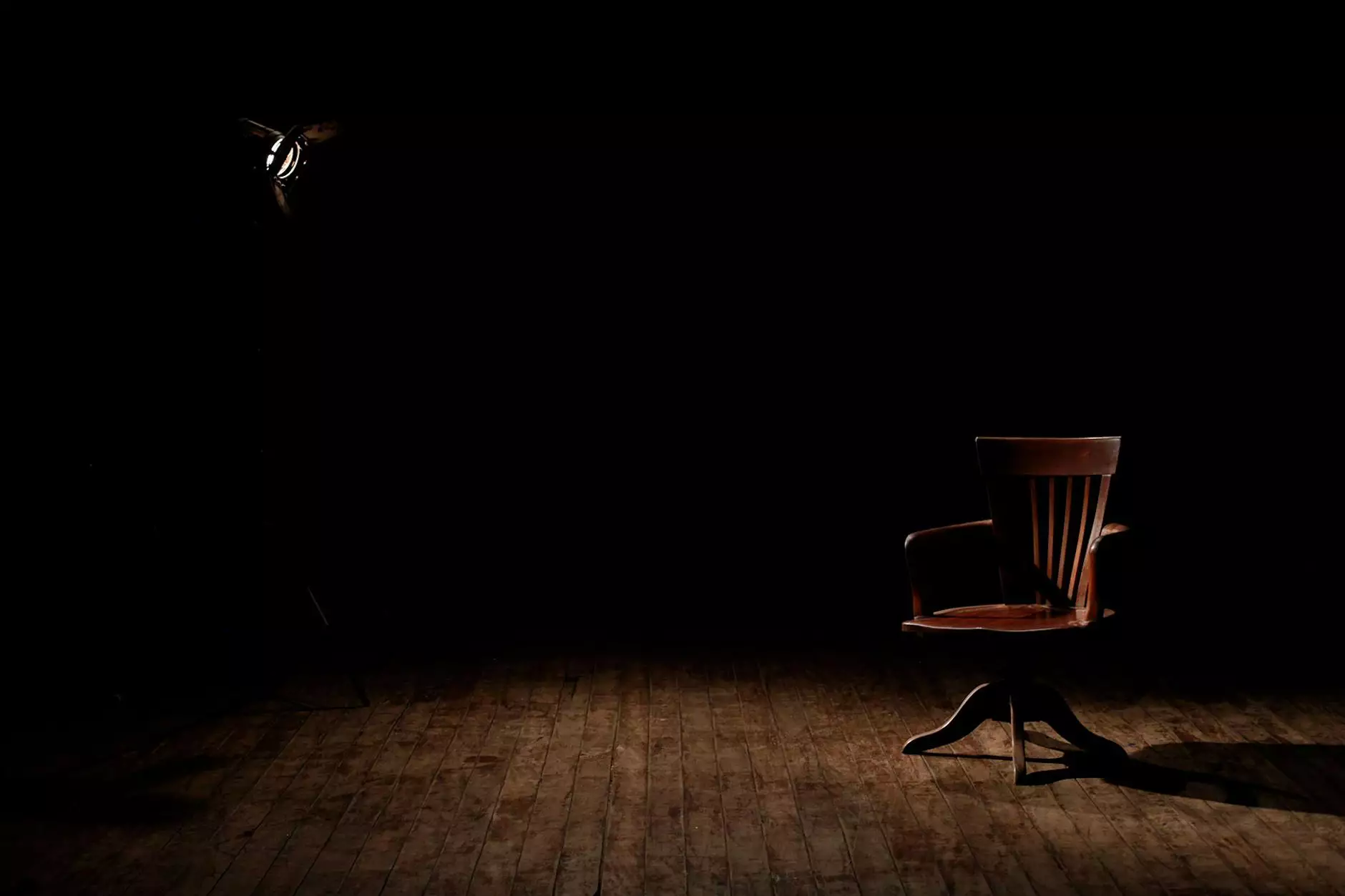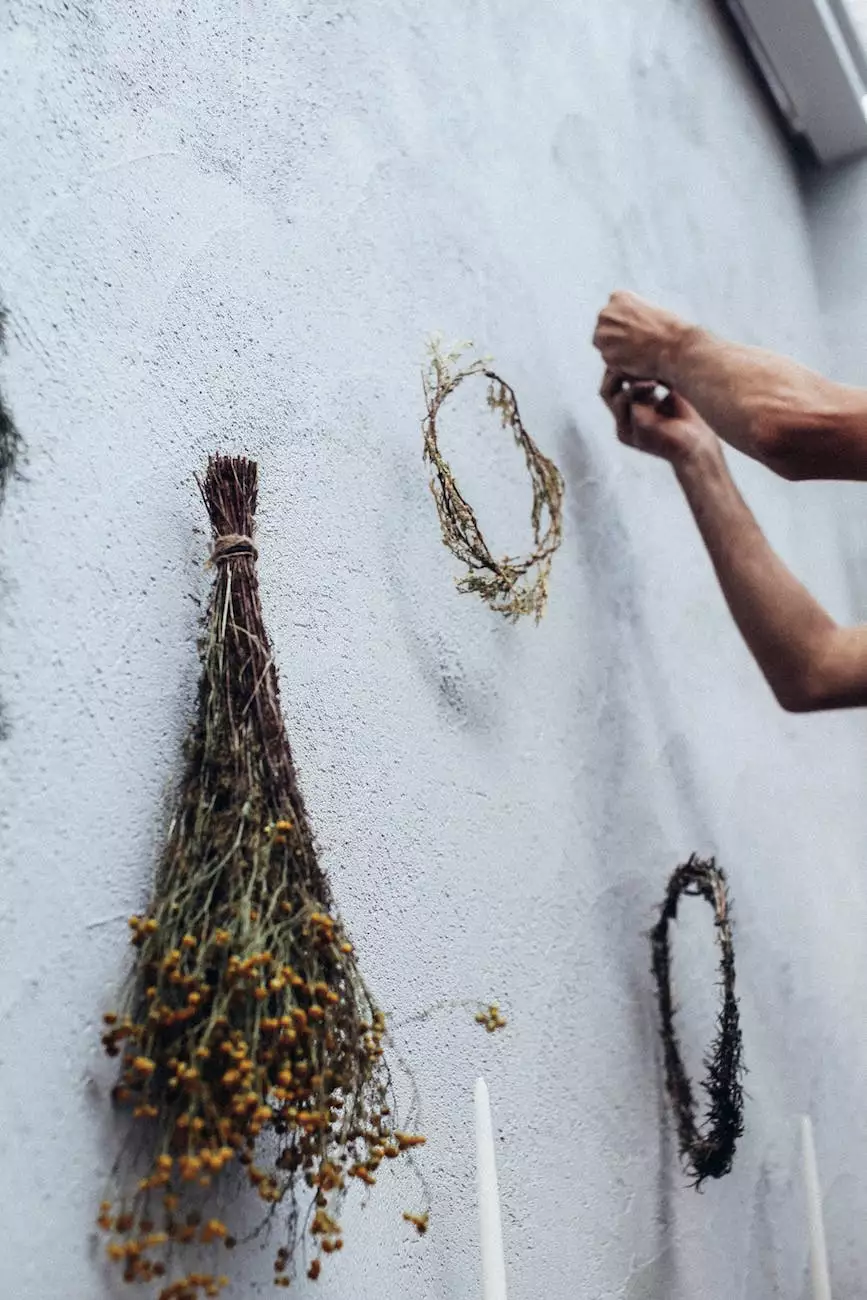Wood Flooring Terminology Guide
Flooring Options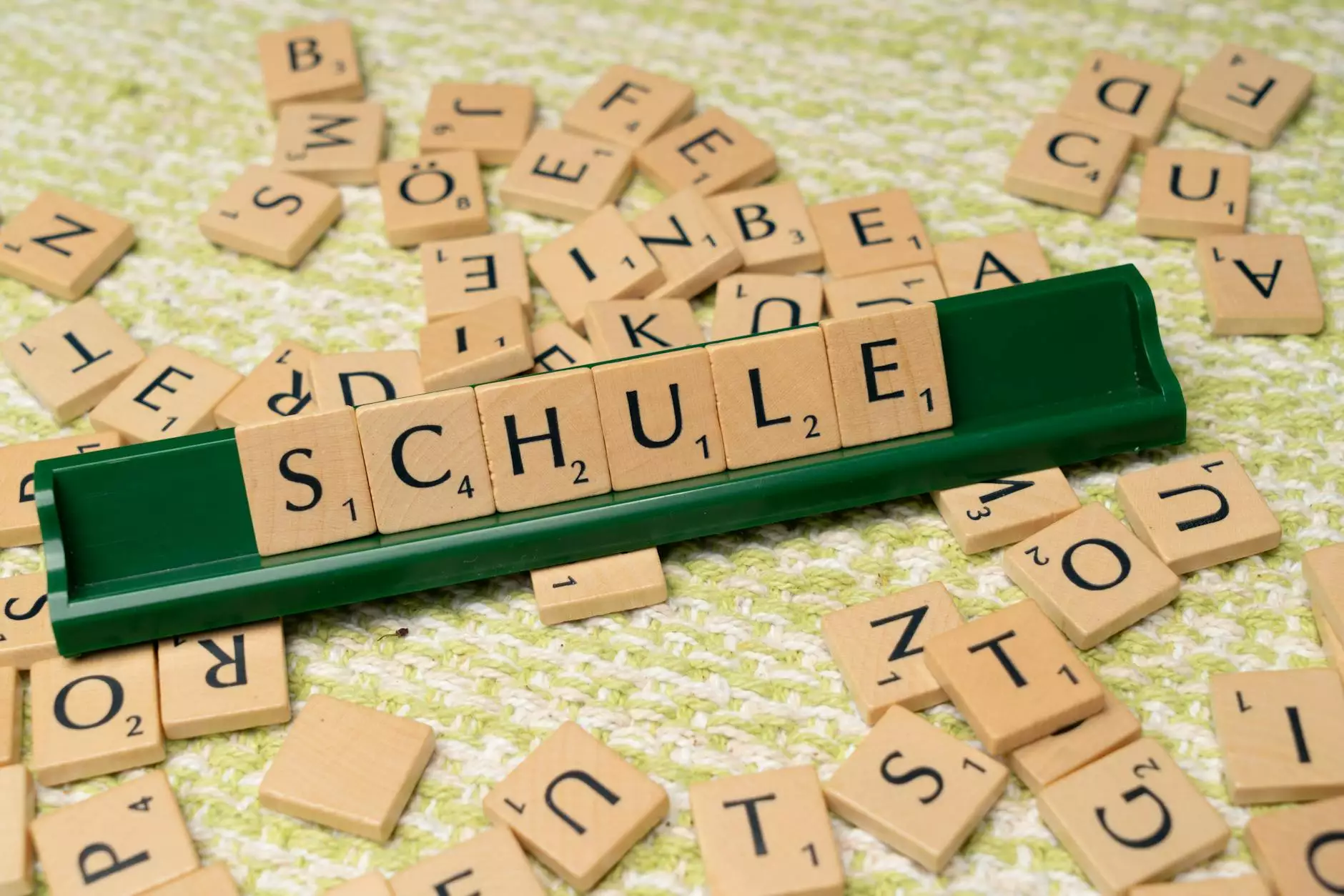
Welcome to JC’s Flooring Wood Flooring Terminology Guide, your ultimate resource for understanding the various terminologies related to wood flooring. In this comprehensive guide, we will provide you with detailed explanations and insights into the different terms you may come across while exploring the world of wood flooring. Whether you're a homeowner looking to install new wood floors or a design enthusiast passionate about interior aesthetics, this guide will equip you to make informed decisions for your flooring projects.
1. Types of Wood Flooring
Before diving into the terminology, it's essential to familiarize yourself with the different types of wood flooring available. Wood flooring can broadly be categorized into:
a) Solid Hardwood Flooring
Solid hardwood flooring refers to flooring made from solid pieces of wood. It offers exceptional durability, timeless appeal, and can be sanded multiple times, allowing for refinishing. Popular solid hardwood species include oak, maple, cherry, and walnut.
b) Engineered Wood Flooring
Engineered wood flooring is composed of multiple layers of wood veneer, making it more dimensionally stable than solid hardwood. It can be a great choice for areas prone to moisture and temperature fluctuations, such as basements. The top layer is made of real wood, providing the beauty and warmth of hardwood with added durability.
2. Wood Flooring Terms and Definitions
a) Acclimation
Acclimation refers to the process of allowing wood flooring to adjust to the moisture and temperature conditions of its intended installation space before installation. This is crucial to minimize expansion, contraction, and potential issues following installation.
b) Moisture Vapor Emission Rate (MVER)
The moisture vapor emission rate is a measurement of the amount of moisture vapor emitted from a concrete subfloor. Knowing the MVER of your subfloor is important as excessive moisture can cause damage to wood flooring. It is recommended to take MVER readings before installation.
c) Tongue and Groove
Tongue and groove refers to the interlocking edge profile used in wood flooring planks. The tongue protrudes and fits into the groove of the adjacent plank, creating a seamless connection. This helps to keep the flooring secure and prevents gaps between the planks.
3. Installing Wood Flooring
a) Subfloor Preparation
Proper subfloor preparation is essential for a successful wood flooring installation. This involves ensuring the subfloor is clean, flat, and dry, providing a stable base for the flooring. It may involve removing existing flooring, leveling the subfloor, and addressing any moisture issues.
b) Underlayment
Underlayment is a layer of material that is installed between the subfloor and the wood flooring. It acts as a moisture barrier, sound insulator, and helps to provide a smoother surface for the flooring installation. Different types of underlayment materials are available depending on the specific requirements of your project.
4. Wood Floor Finishes
a) Polyurethane
Polyurethane is a popular wood floor finish that provides a protective layer over the wood surface. It comes in various sheen levels, including gloss, semi-gloss, and matte. Polyurethane finishes enhance the natural beauty of the wood while providing durability and resistance to wear and tear.
b) Oil-Based Finishes
Oil-based finishes penetrate the wood, enhancing its natural color and providing a warm, natural look. These finishes require more maintenance compared to polyurethane finishes but offer easy repairability, as scratches can be spot-treated and blended with additional oil.
5. Maintaining Wood Flooring
To keep your wood flooring in pristine condition, regular maintenance is crucial. Here are some essential tips:
- Regularly sweep or vacuum your wood flooring to remove dirt and debris.
- Use a damp mop with a mild wood floor cleaner recommended by the manufacturer.
- Place protective felt pads under furniture legs to prevent scratches and dents.
- Avoid excessive exposure to direct sunlight, as it can cause fading and discoloration.
- Address spills immediately to prevent staining.
Conclusion
Congratulations! You've now gained a comprehensive understanding of various wood flooring terminologies. Armed with this knowledge, you can confidently communicate with flooring professionals, navigate through wood flooring options, and make informed decisions for your home or interior design projects. For high-quality wood flooring products and expert advice, trust JC’s Flooring, your go-to source for all your flooring needs. Get in touch with our dedicated team to transform your space with beautiful, durable wood floors!



